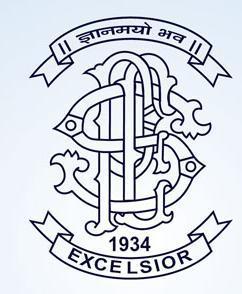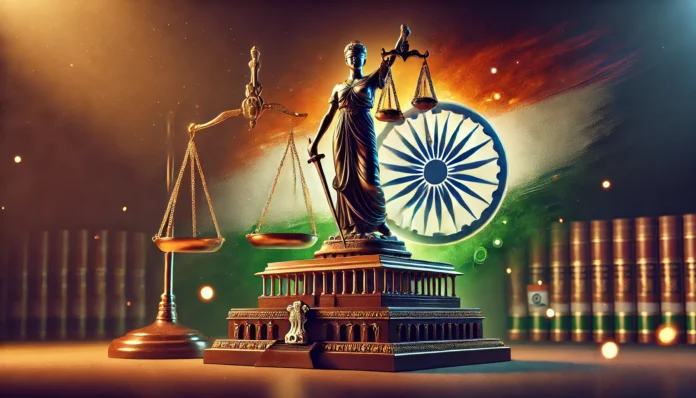Introduction
Every democratic country puts a great store on the independence of the judiciary as a guarantee
of individual freedom. Independence of the judiciary means that the judiciary as an organ of the
government should be free from influence and control of the other two organs i.e. the executive and
the legislature of government. Freedom from the influence and control of the executive is of crucial
importance. It is important for individual freedom, that the judges give their verdict without fear or
favor. It refers to an environment where the judge can pass impartial judgments.
Every democratic country adopts various means to ensure freedom of the judiciary and thereby
to ensure individual freedom. The U.S.A. has adopted system of separation of powers to ensure
independence of the judiciary. But in constitutional systems based on the concept of Parliamentary
sovereignty, the adoption of separation of powers is ruled out. This is the case in England. This is also
partly the case in India, for in India, the doctrines of Parliamentary and constitutional sovereignty are
blended together1.
The constitution of India2 adopts diverse devices to ensure the independence of the judiciary in
keeping with both the doctrines of constitutional and Parliamentary sovereignty.
- Firstly, the judges of the Supreme Court and the High Courts have to take an oath before
entering office that they will faithfully defend the constitution of India and the laws.
Recognition of the doctrine of constitutional sovereignty is implicit in this oath. - Secondly, the judges of the Supreme Court and the High Courts are appointed by the
President. The President makes the appointments in consultation with the highest judicial
authorities. He of course takes advice of the Cabinet. The constitution also prescribes
necessary qualifications for such appointments. The constitution tries to make the
appointments unbiased by political considerations. - Thirdly, the judges of the Supreme Court and the High Court’s serve “during good behavior”
and not during the pleasure of the President, as is the case with other high Government
officials. They may be removed from office only through impeachment. Their salaries
and allowances once fixed cannot be varied adversely during their tenure, except during a
financial emergency under Article 360 of the constitution. - Fourthly, the judges serve up to the 65th year of age and after retirement cannot engage in
legal practice.
The hierarchy of judicial system in India plays an important role in maintaining the independence
of judiciary. Supreme Court is the highest court for justice. Then, there are High Court and District
Courts in every state. Then, there are People’s courts known as Lok Adalats. If no decision is reached
at these Lok Adalats, again the cases move to courts.




